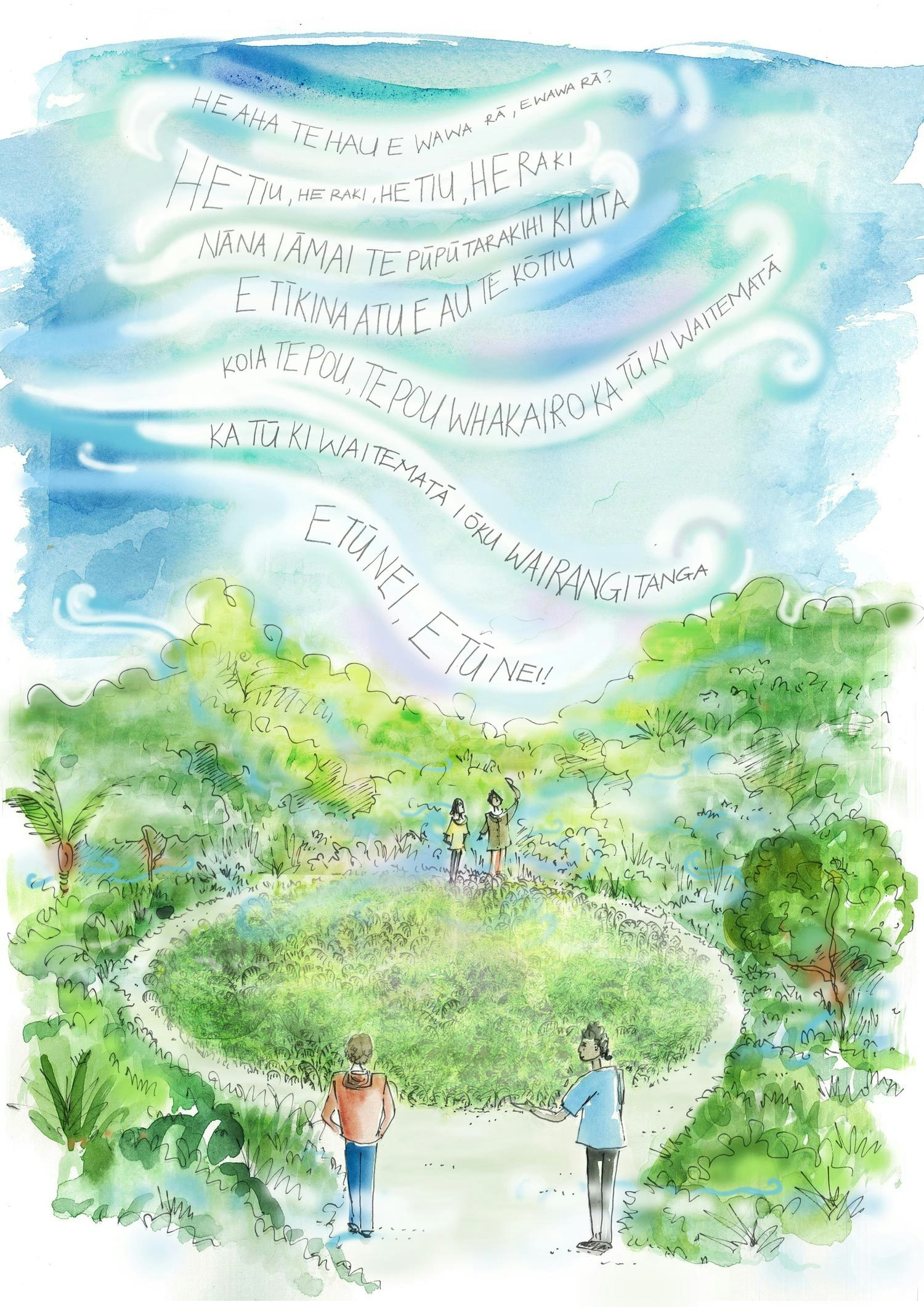Ōkahu Rākau
— Orākei, Auckland

'Toitu te whenua, toitu te tangata.' We survive if the land is cared for.
Kaitiakitanga is the protection and guardianship of the natural environment based on the idea that we too are part of nature and that we must take care of it for future generations. This is the kaupapa of Auckland hapū Ngāti Whātua Ōrākei’s nursery and native bush care team Ōkahu Rākau, which as its name suggests, propagates, plants and cares for rākau (trees) at Auckland’s Ōkahu Bay, Pourewa and Takaparawhau (Bastion Point).
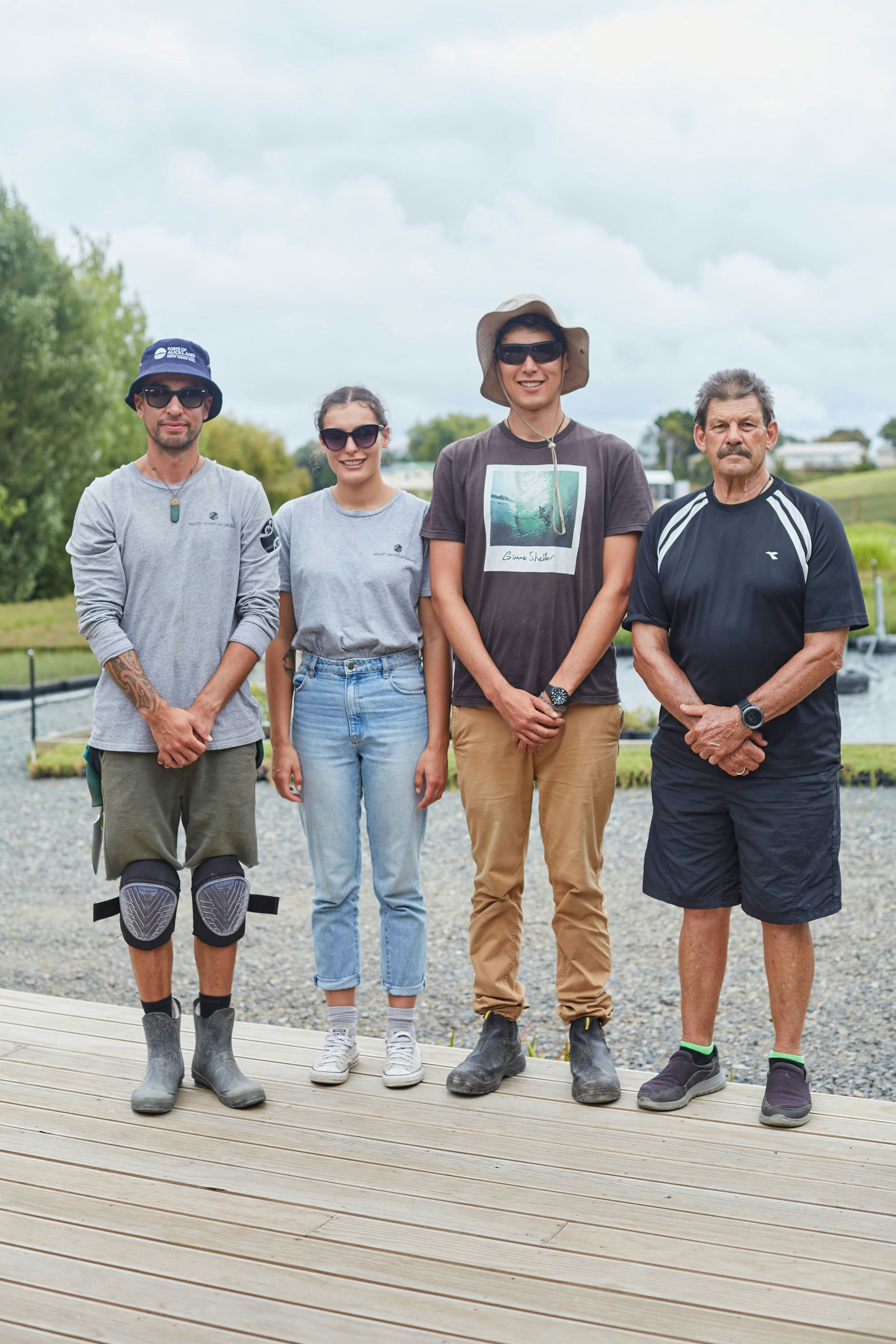

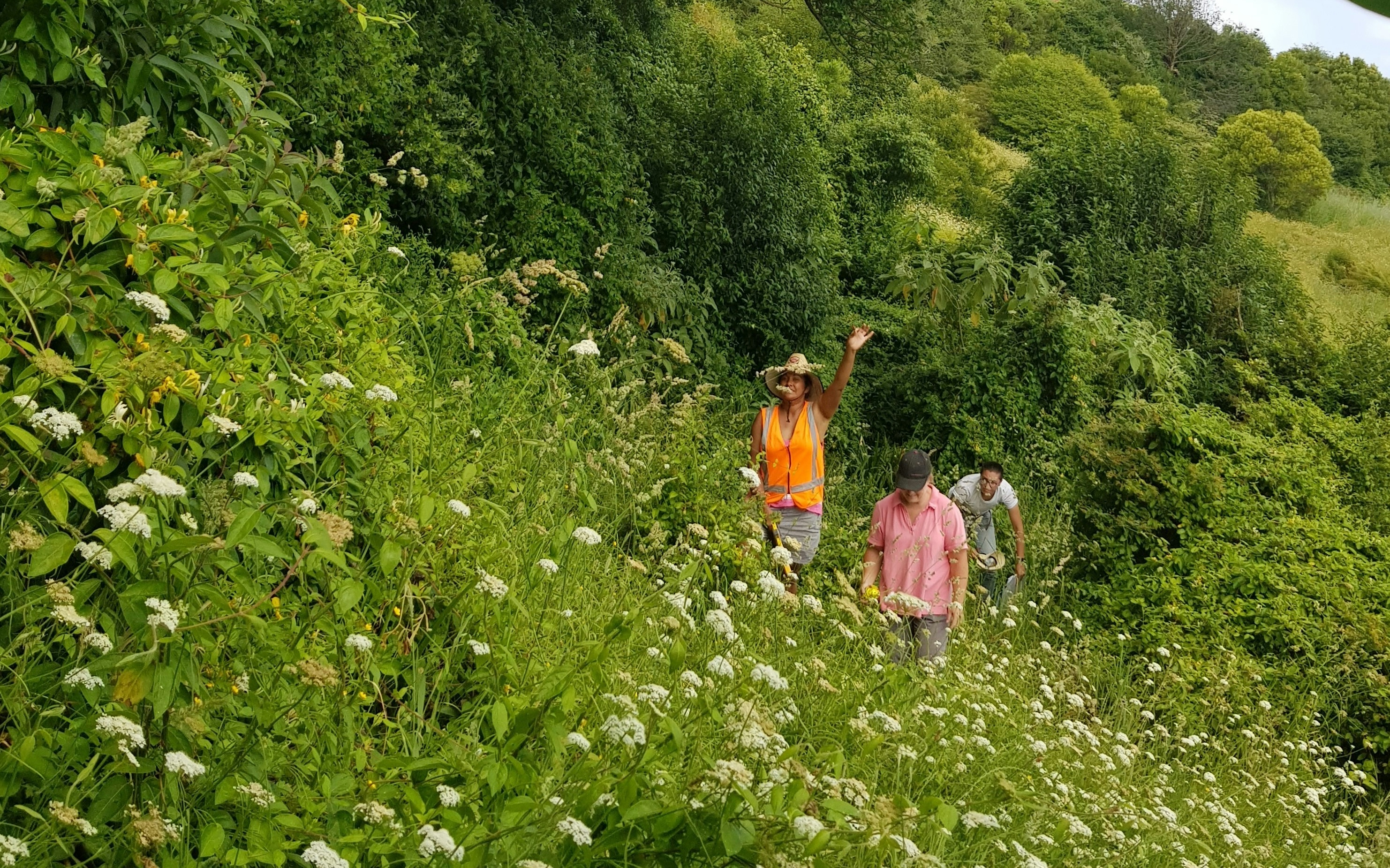
The nursery was established by mana whenua around 15 years ago to deliver Ko Te Pukaki, an urban bush restoration and biodiversity project seeking to advance the mauri (life force) of the hapū and their land. Initially plants for the 48 hectares of public land had been sourced from Auckland Council’s nurseries.


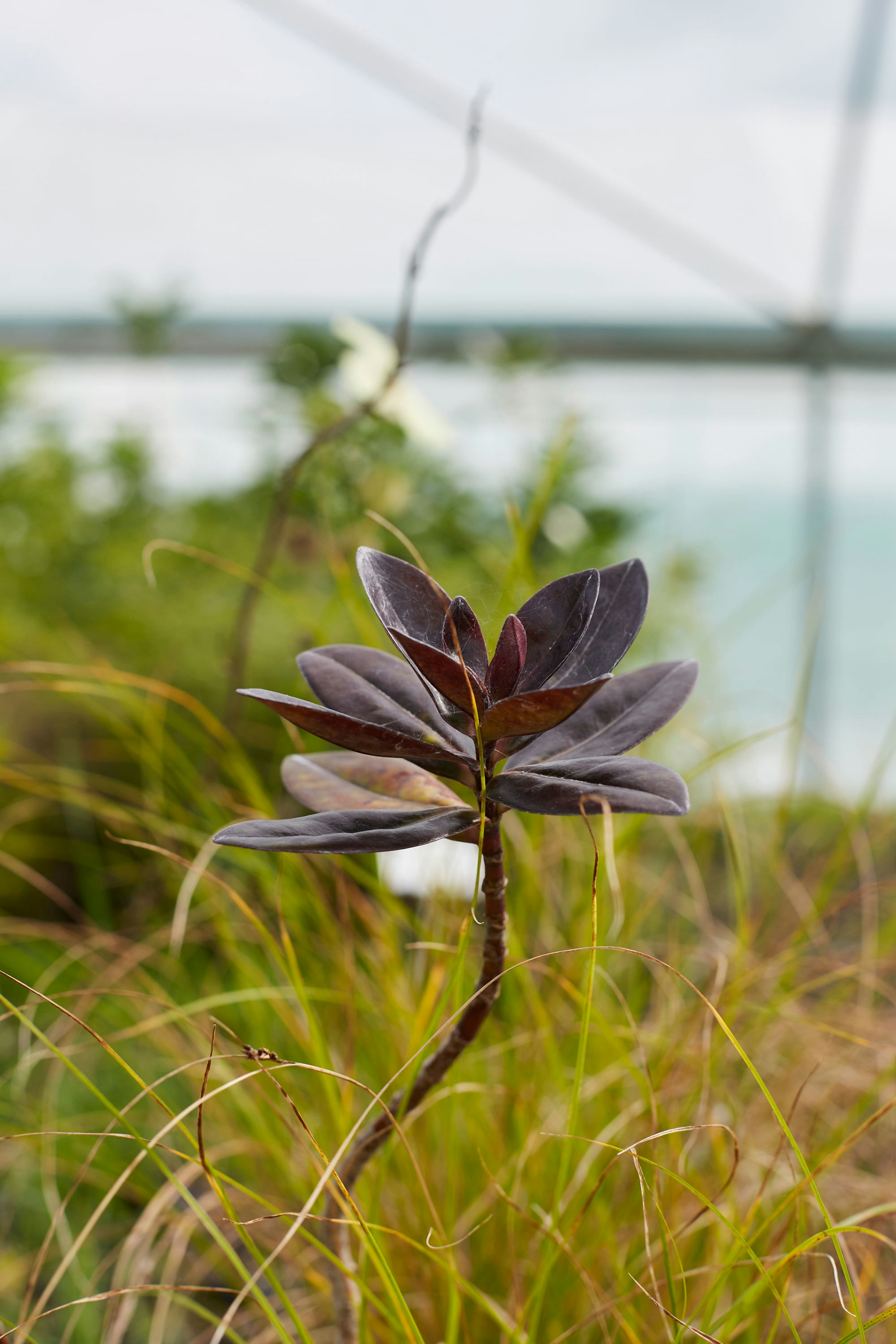


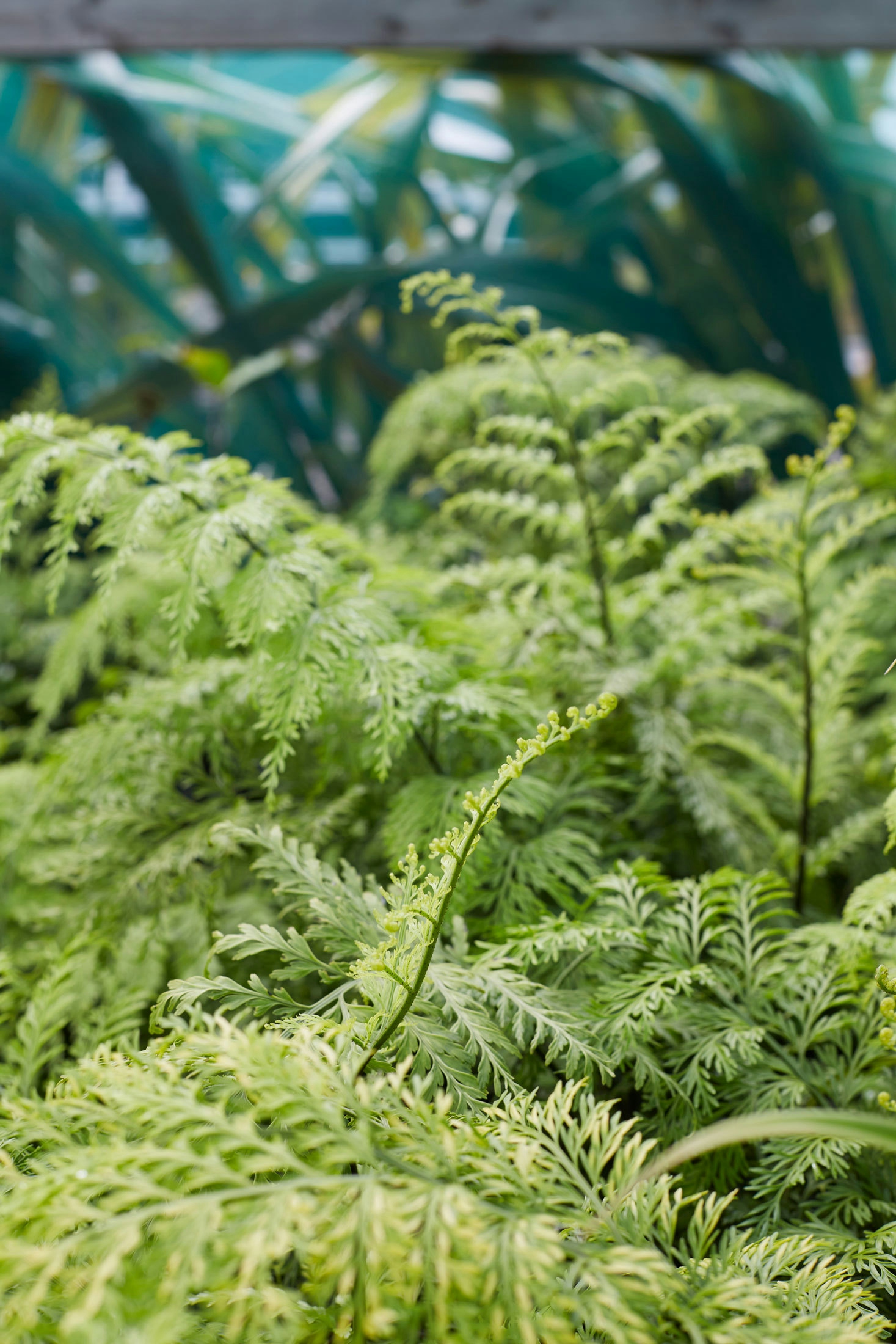
However, the plants weren’t locally grown and 90 per cent of them died because they couldn’t tolerate the weather conditions or pests. Thus to have a readily available plentiful supply of authentically sourced native plant species that had adapted to the local environment over centuries, the solution was to eco-source seed from the whenua and propagate it in an onsite nursery.




Eco-sourcing maintains the genetic biodiversity of local plants so that the unique ecological characteristics of an area are preserved. Today more than 200,000 native and edible trees have been planted in the area, most of them on Takaparawhau, and propagated by Ōkahu Rākau.


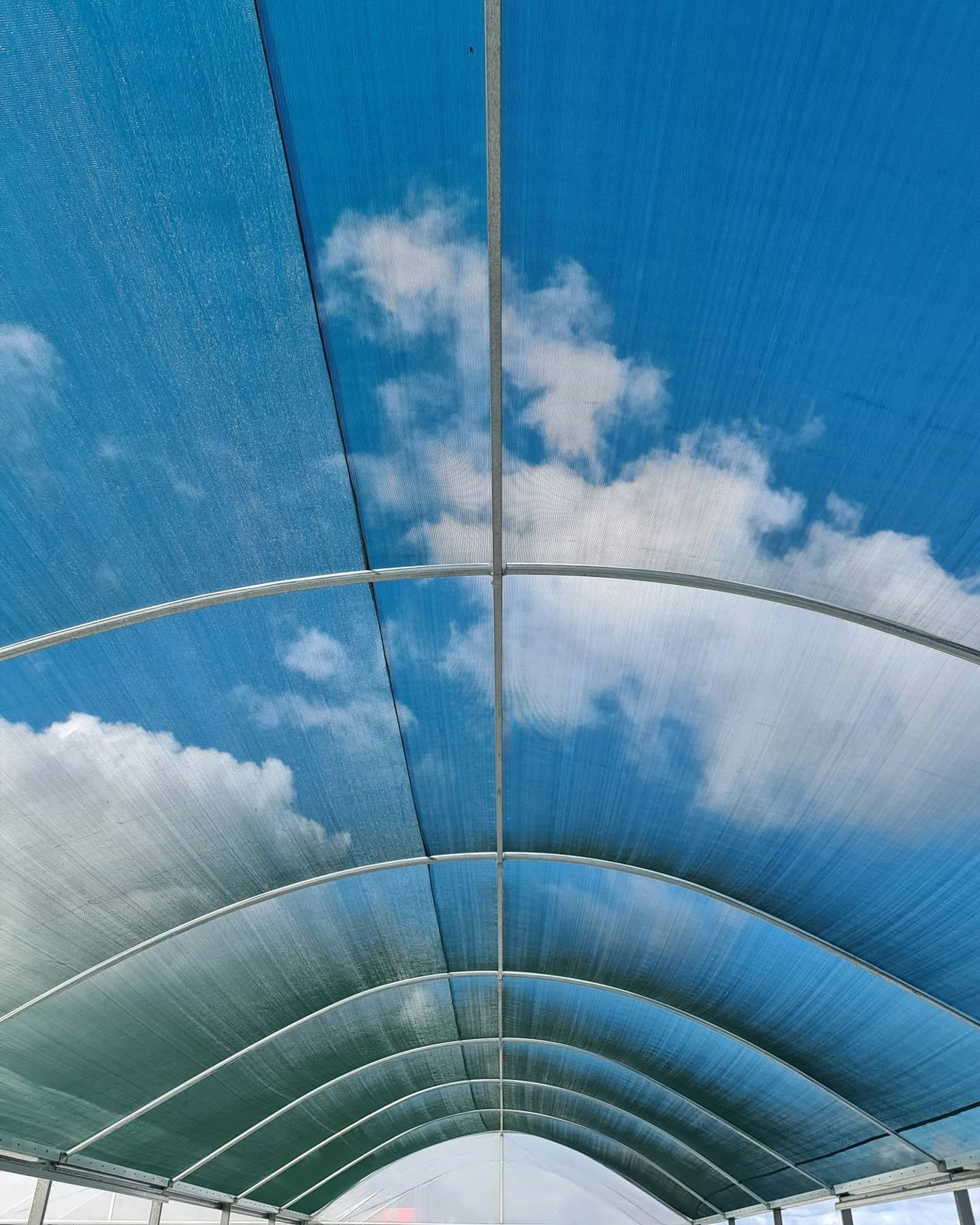
In their role as kaitiaki, the onsite nursery team educate mana whenua, ensuring traditional horticultural knowledge is protected and passed through the generations on hapū planting days. There are also community planting days, which anyone can attend (sign up here if you’re interested), and school groups and corporate volunteer groups attend education days at the nursery. Sharing the kaupapa with the public in this way increases awareness of Ngāti Whātua Ōrākei’s role as mana whenua, of tikanga Māori and provides an opportunity to learn about and acknowledge history.


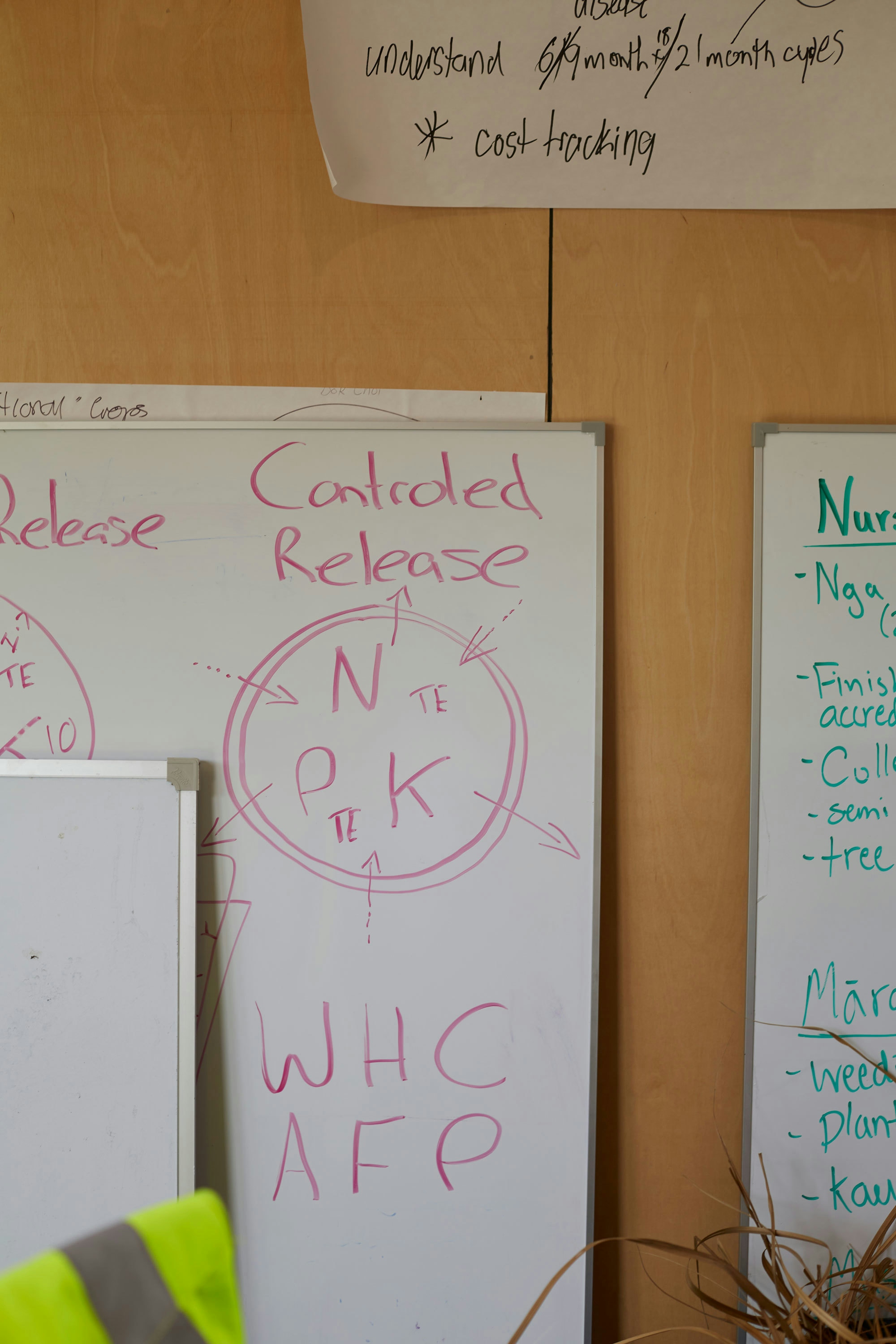
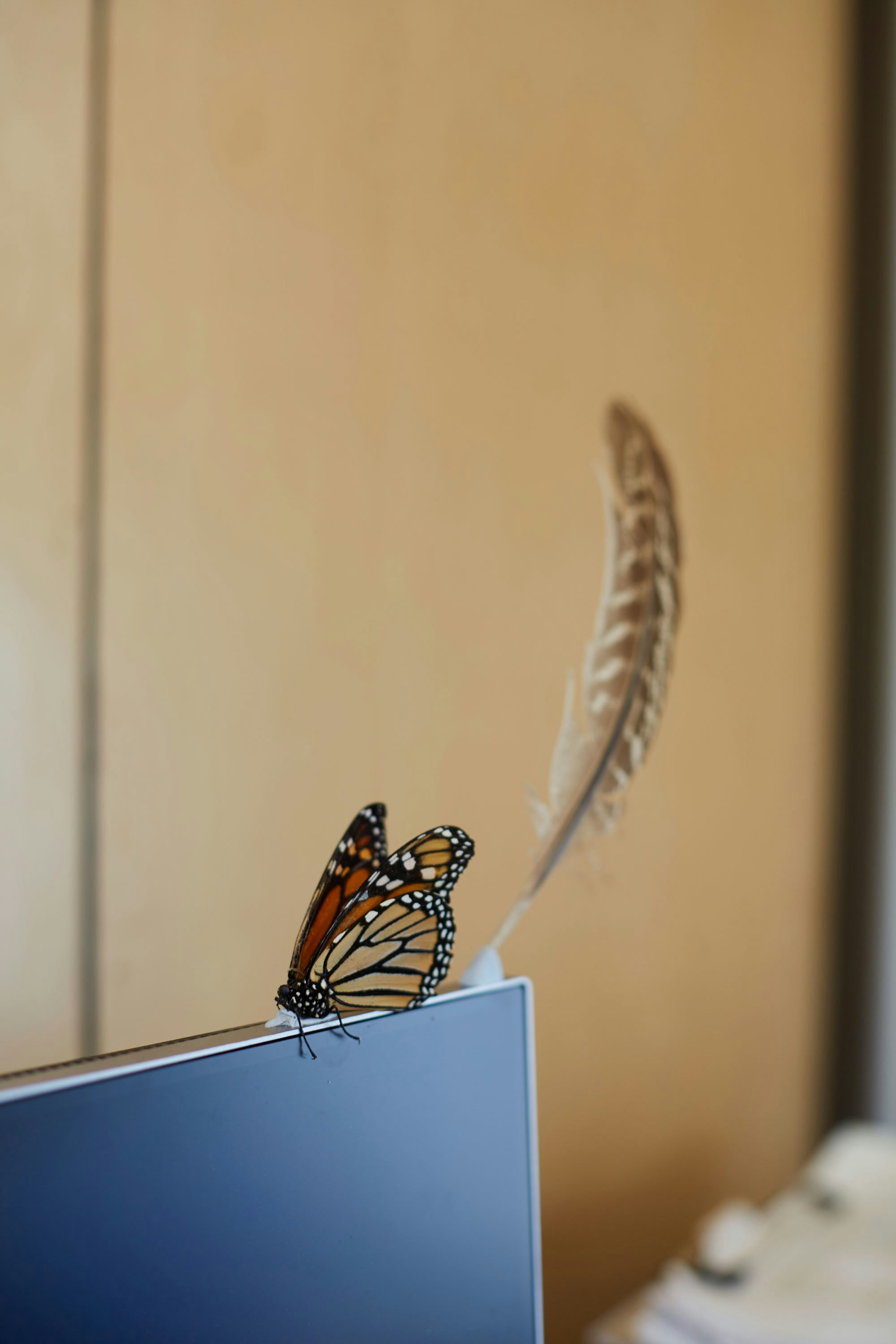




The restoration of natural heritage materials for cultural harvest allows Ngāti Whātua Ōrākei to honour their tūpuna (ancestors) by creating opportunities to live off the land in the same way that they did in the late 1800s. It also means that plants traditionally used for rongoā (medicine), dyeing, raranga (weaving) and whakairo (carving) can be locally sourced.

For example, between the 1970s and 2000, weavers sourced their harakeke from Piha and had to seek consent from council. Now more than 17 types are being cultivated on the whenua. This multipurpose taonga plant can also be used as medicine and to stabilise cliffs. All Ōkahu Rākau’s plants are grown organically and no pesticides are used, although pest trapping is an important part of reinstating native bird populations.

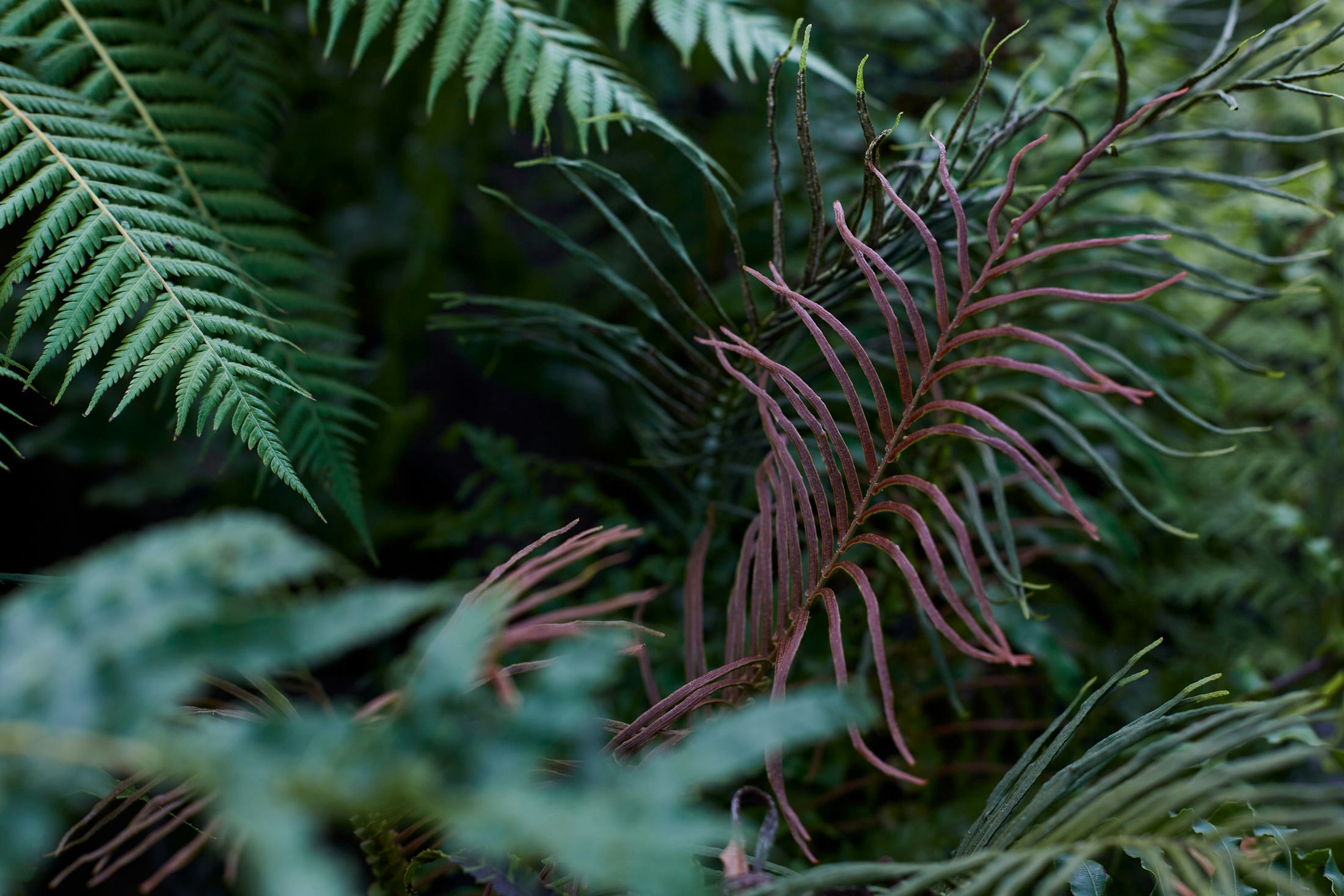
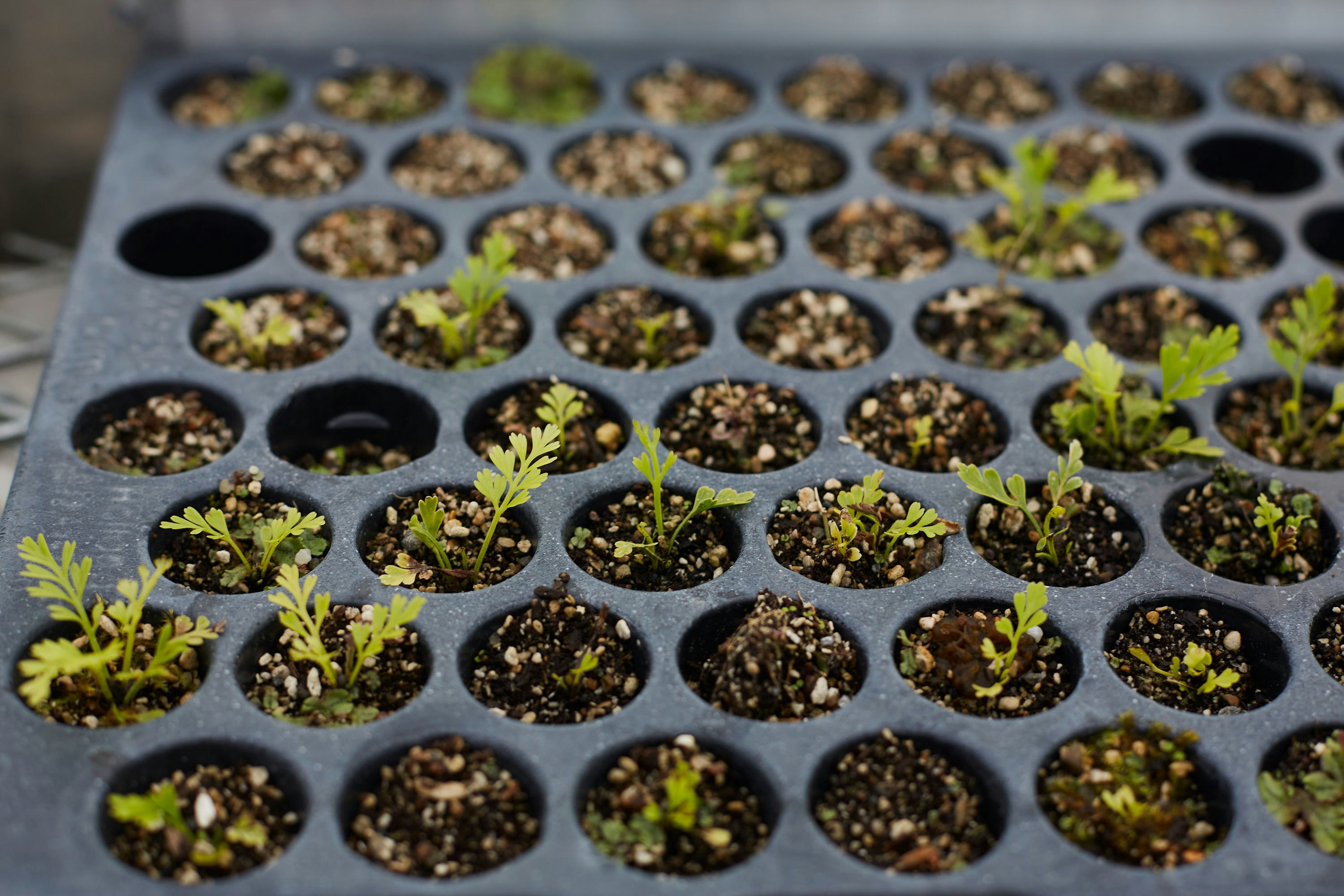
An invaluable living legacy of Tāmaki’s plants rather than a commercial operation, there is also rich potential for Ōkahu Rākau to provide plants throughout Tāmaki and Auckland Council sourced plants from the nursery for the landscaping at Wynyard Quarter. Plans are underway to establish a rongoā (medicinal) garden at the nursery, which will be used for research and education purposes, providing an important collection of plants and knowledge for other research institutions.


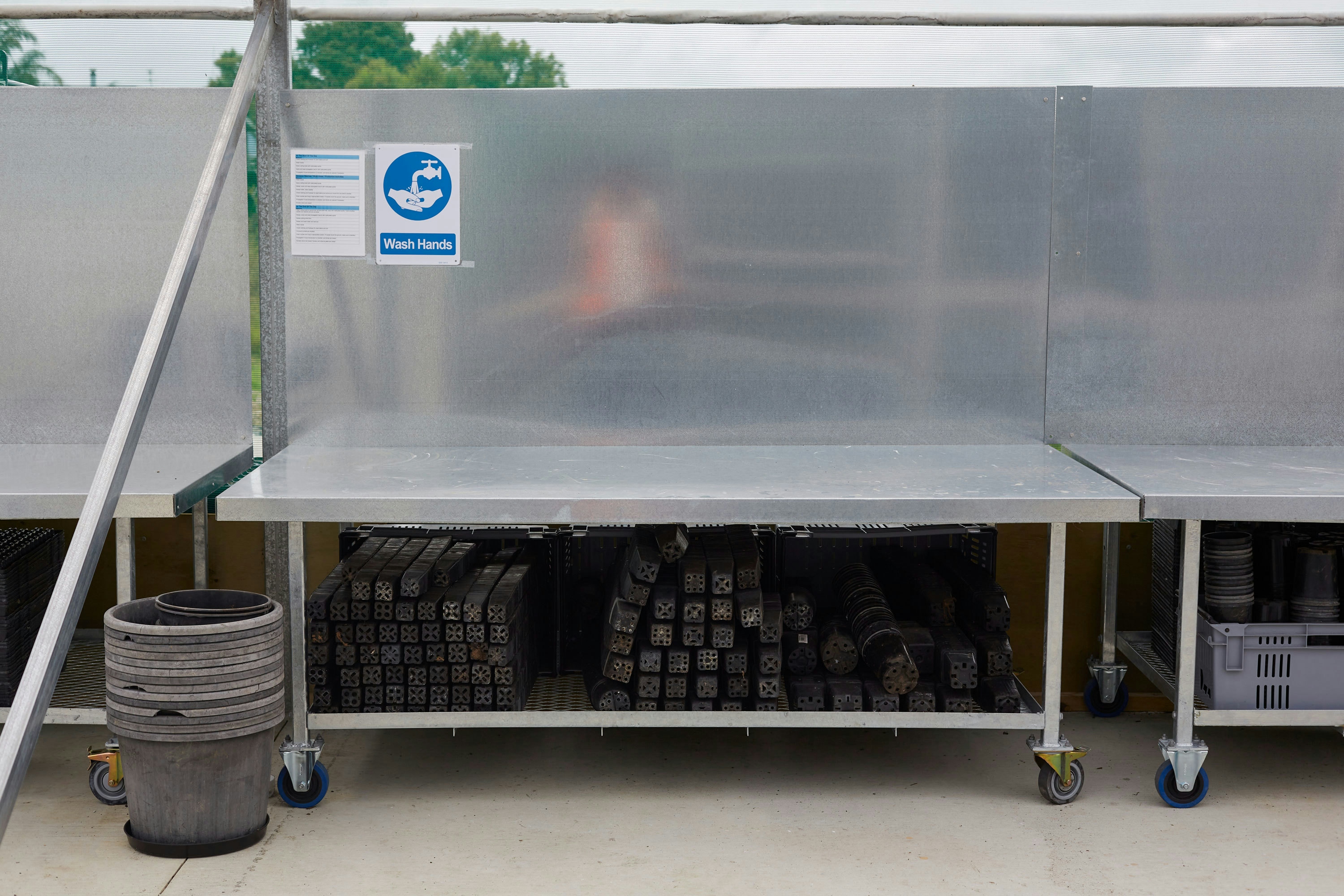



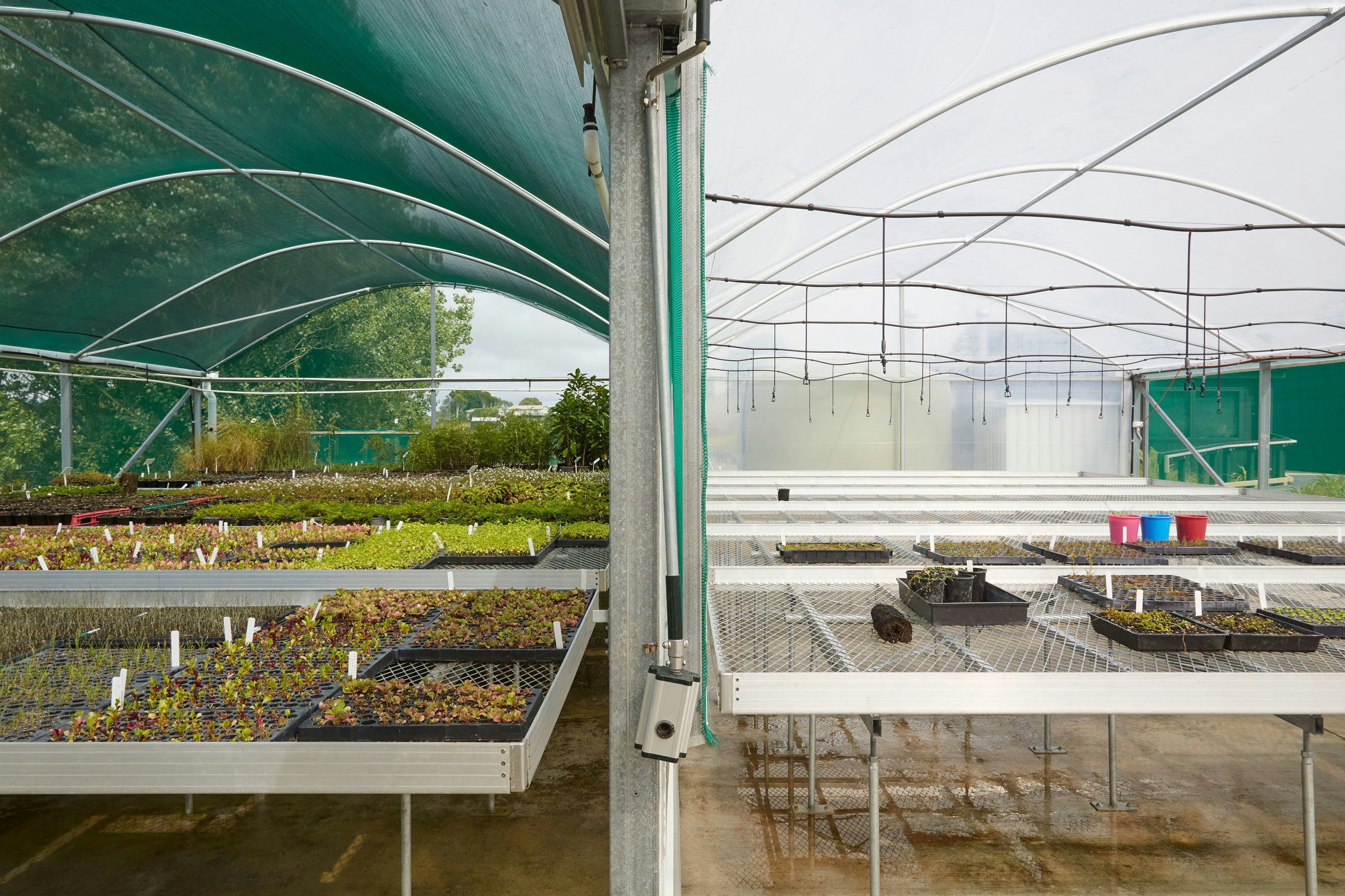
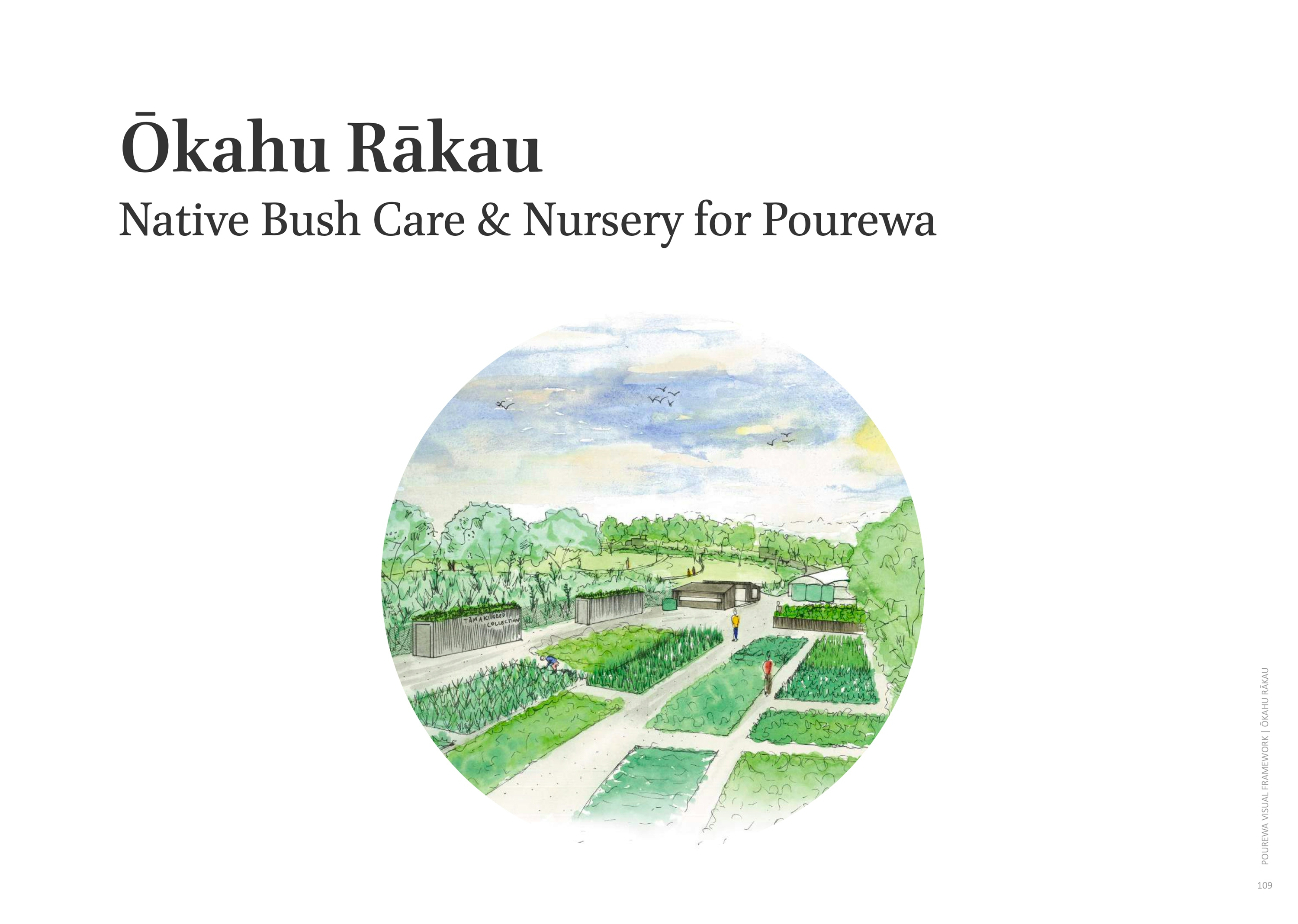
Along with the nursery, this world-class facility is just one of many interconnected projects outlined in the Ōrākei Visual Framework developed by Ngāti Whātua Ōrākei in collaboration with Ngāti Whātua Ōrākei Reserves Board. Other initiatives include a māra kai and whare kai where visitors and mana whenua can learn how to grow, cook and share kai. This would be closely linked to a whānau/community engagement hub, with commercial waste-management facilities that will maintain and advance zero-waste practices.


Other opportunities at Pourewa include creating a water connection linking Pourewa to Okahu Bay and to Takaparawhau. Waka will travel along this race at annual or biennial waka festivals and school children across Tāmaki will also travel this route via waka en route to summer camps where they’ll stay overnight in modern or traditional structures, such as whare raupo, and learn about traditional seasonal occupation and how it related to the movement of birds and fish. There are also plans for a treehouse within the bush with lookout structures to sites of historical significance, a bike skills park and a bird sanctuary and breeding programme.

This Te Ao Māori-led landscape will provide innovative and exciting ways for communities across Tāmaki and beyond to understand and develop knowledge of cultural heritage and care for Papatūānuku.
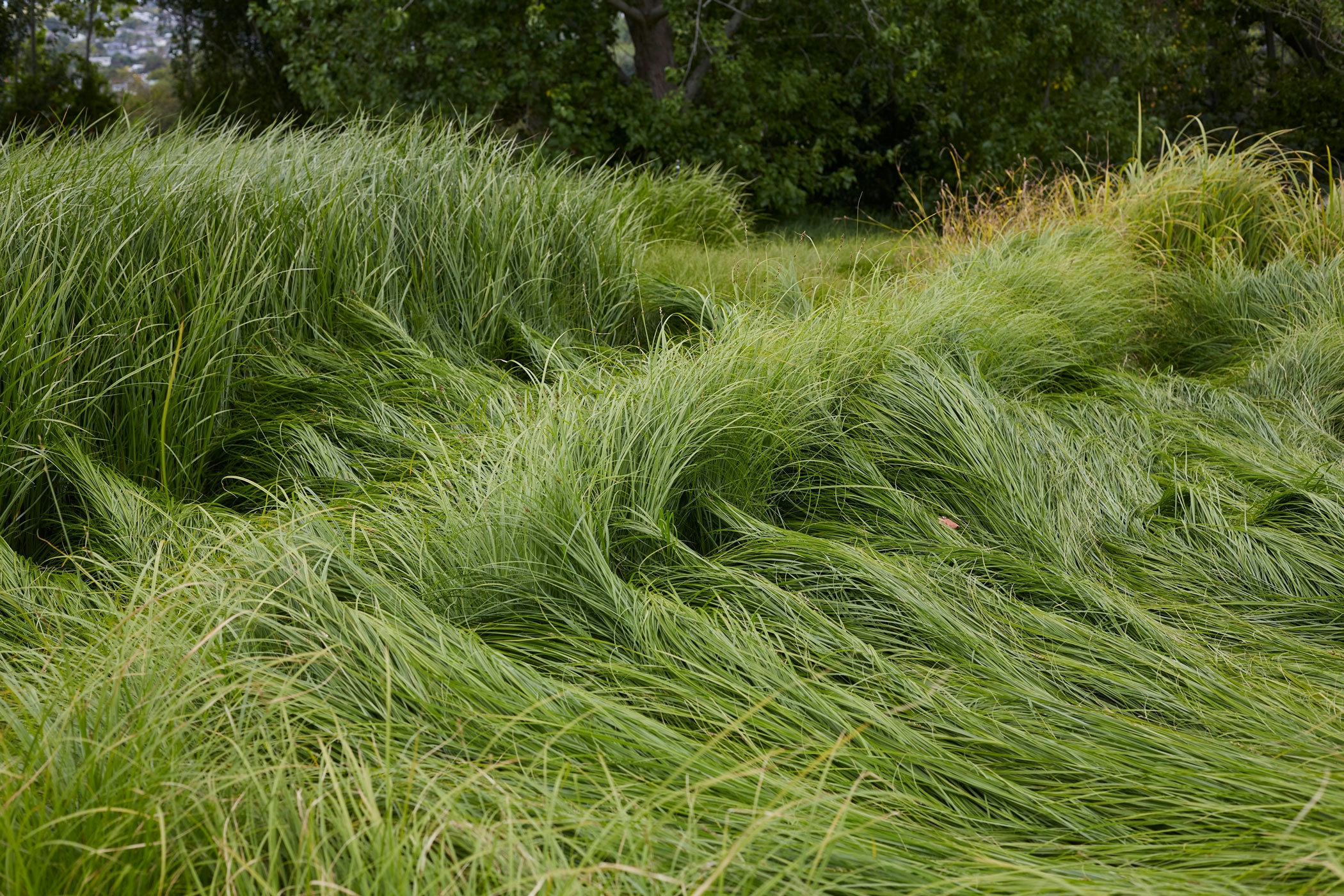
Project details
Key Plants
,
Date
Build completed: 2020
Location
Te Pourewa
Orākei
Auckland
New Zealand
Photography
Neeve Woodward
Join Our Newsletter
XANTHE WHITE DESIGN
Auckland Studio
Phone: 09 815 1187
Email: info@xwd.co.nz
XANTHE WHITE DESIGN
Wellington Studio
Email: wellington@xwd.co.nz
